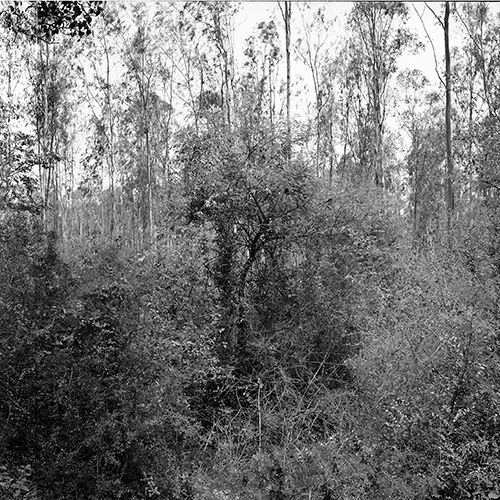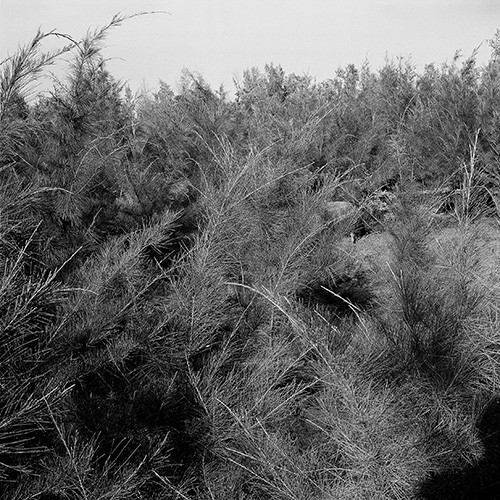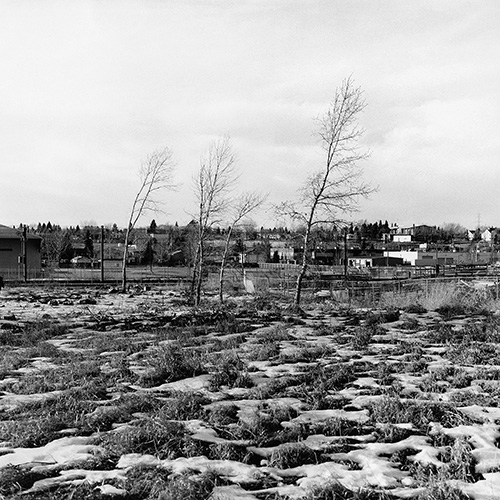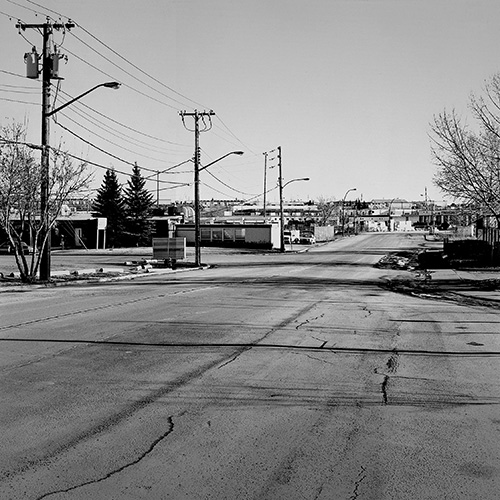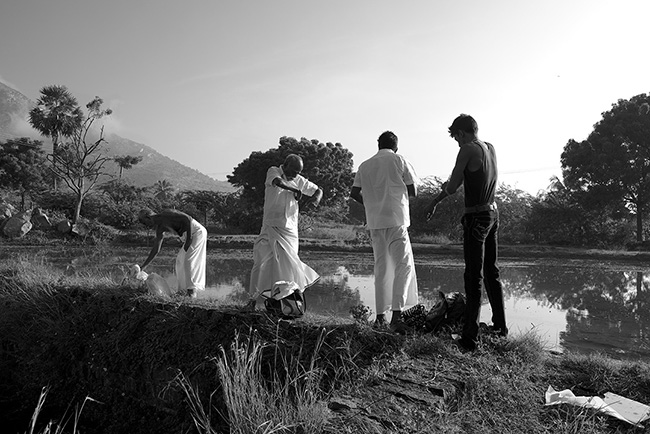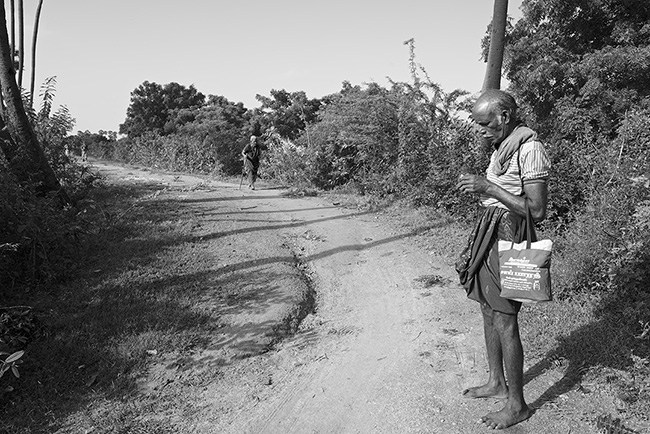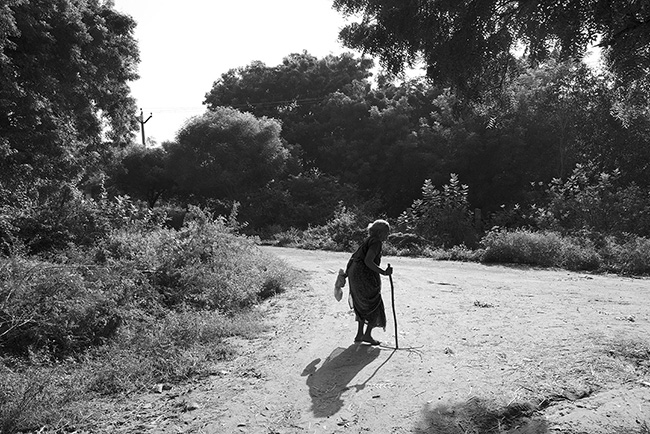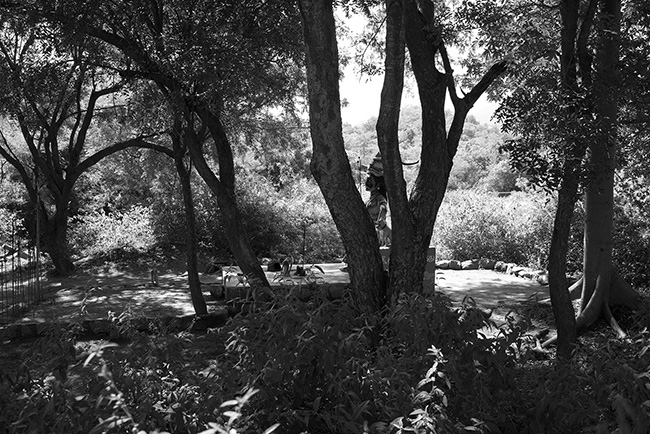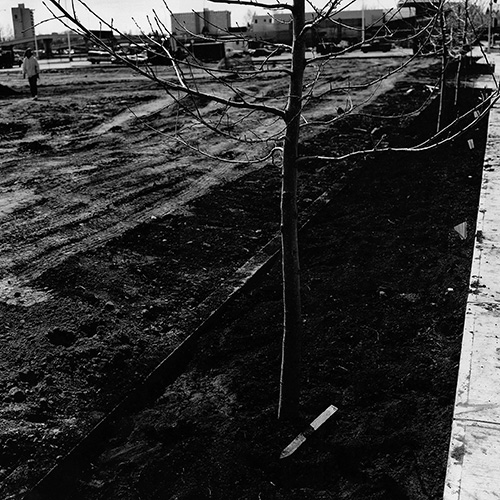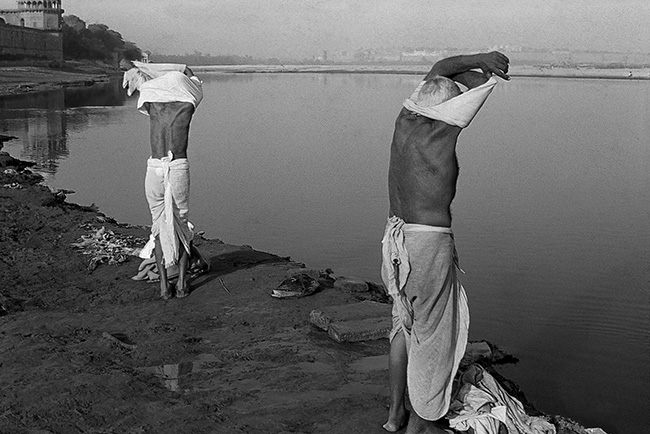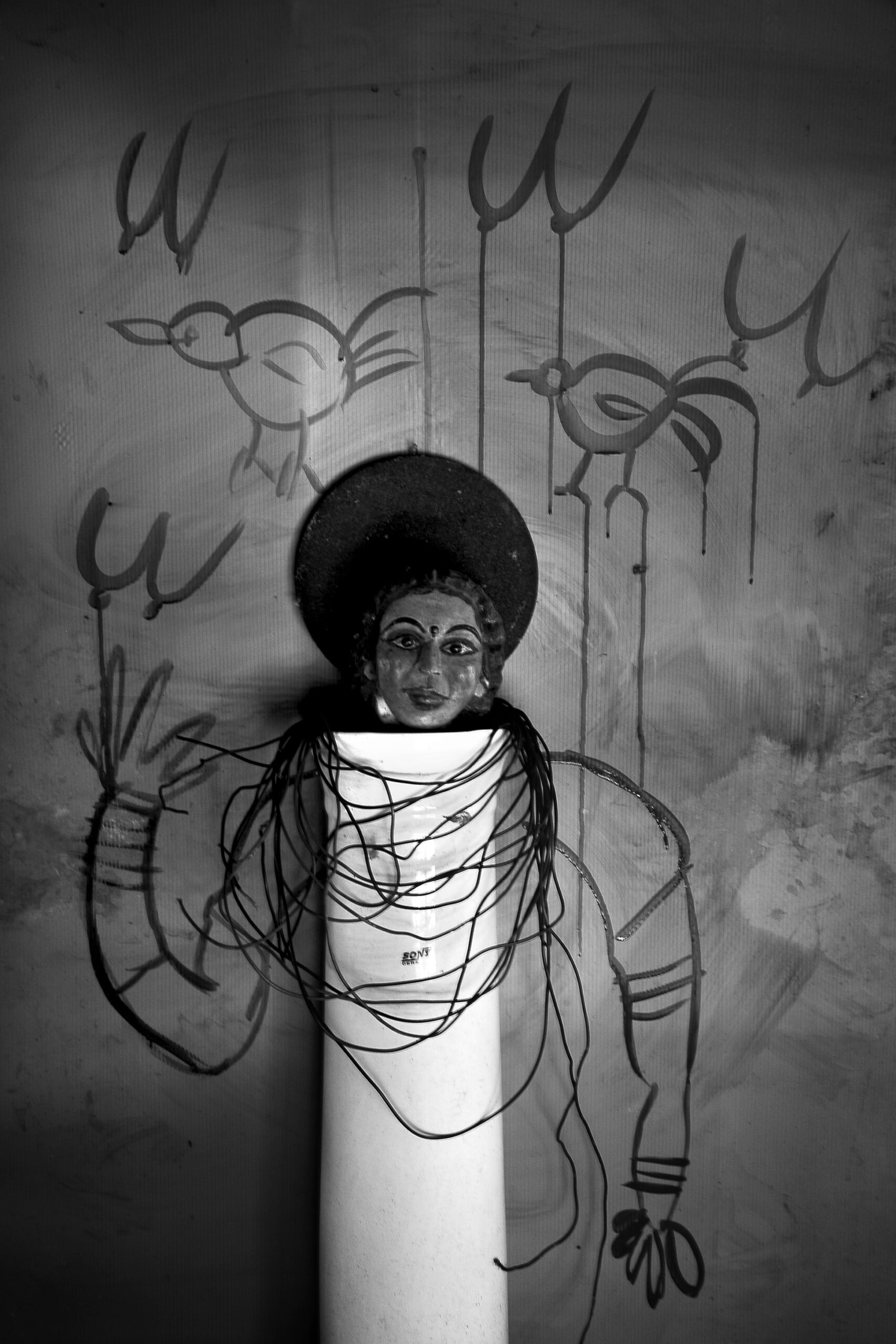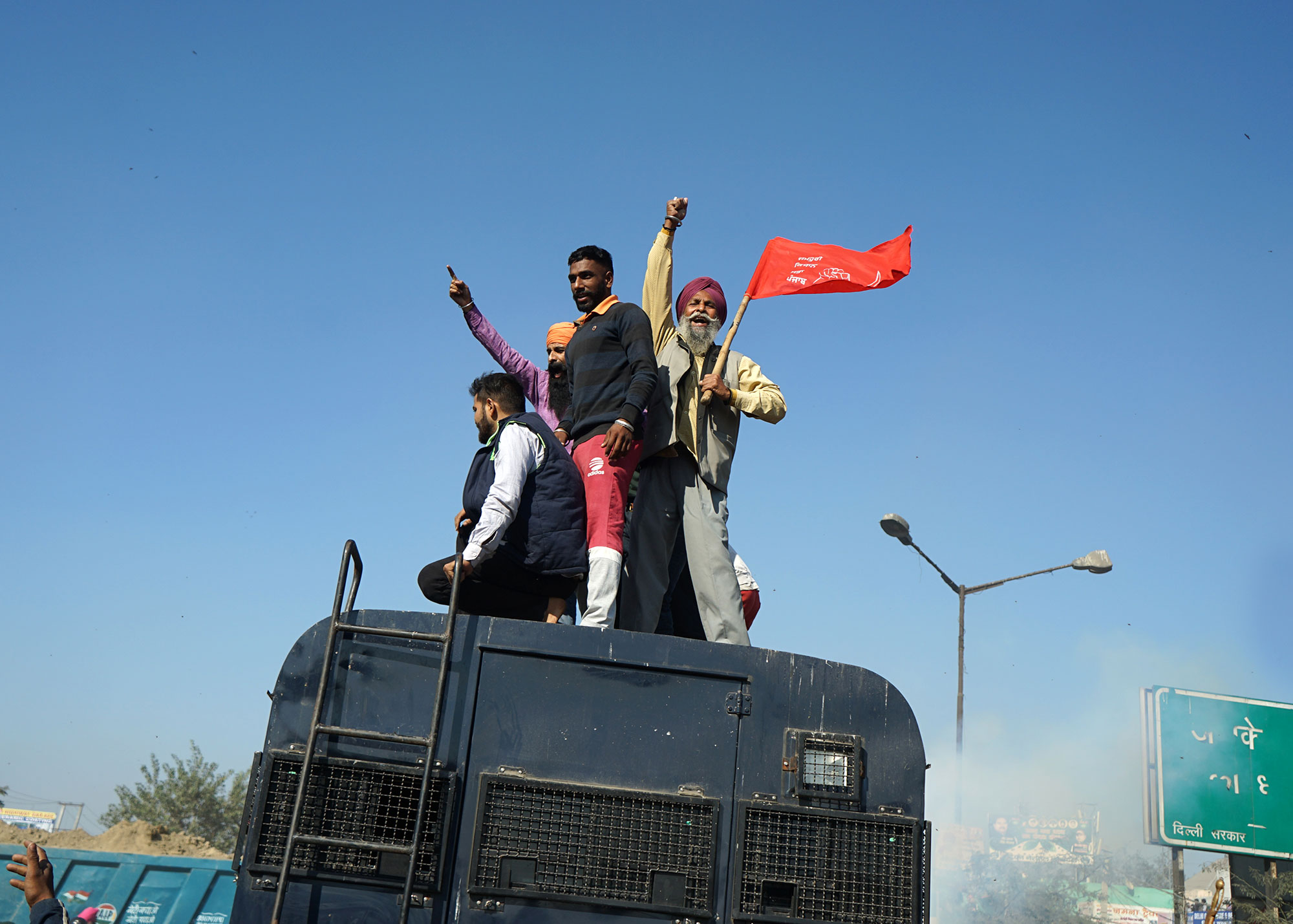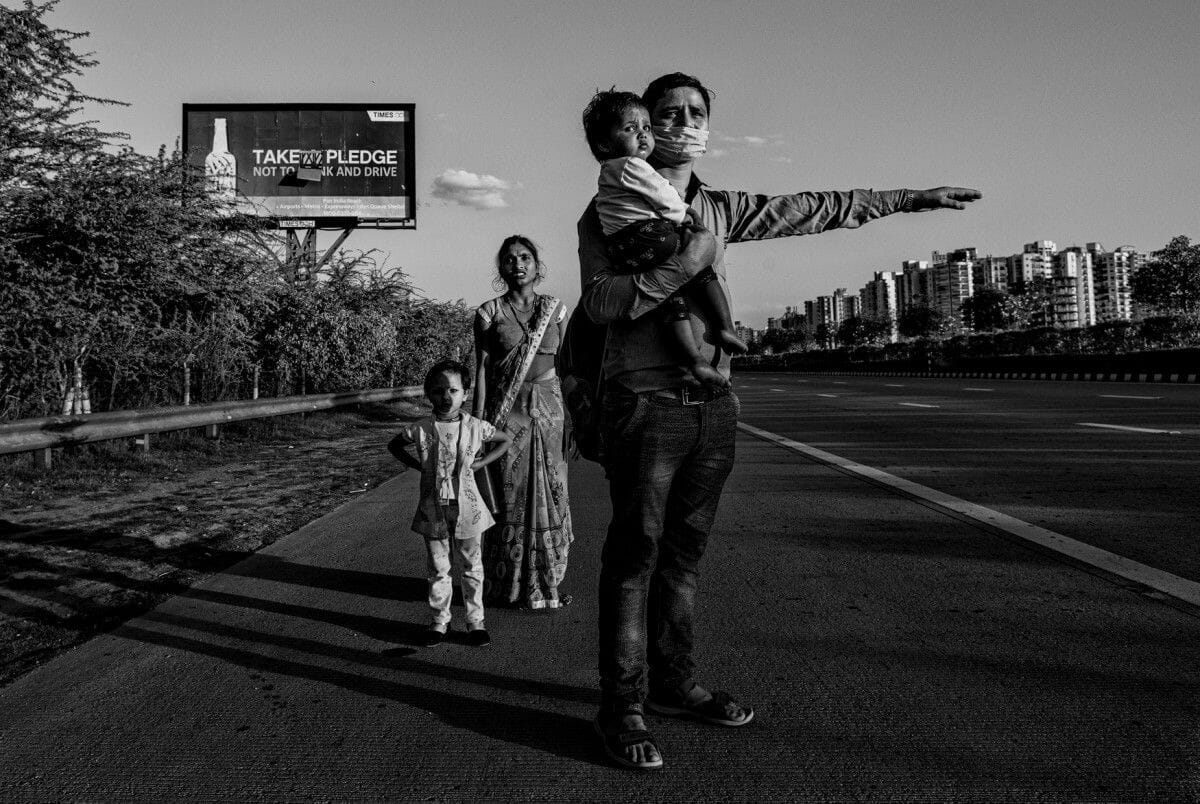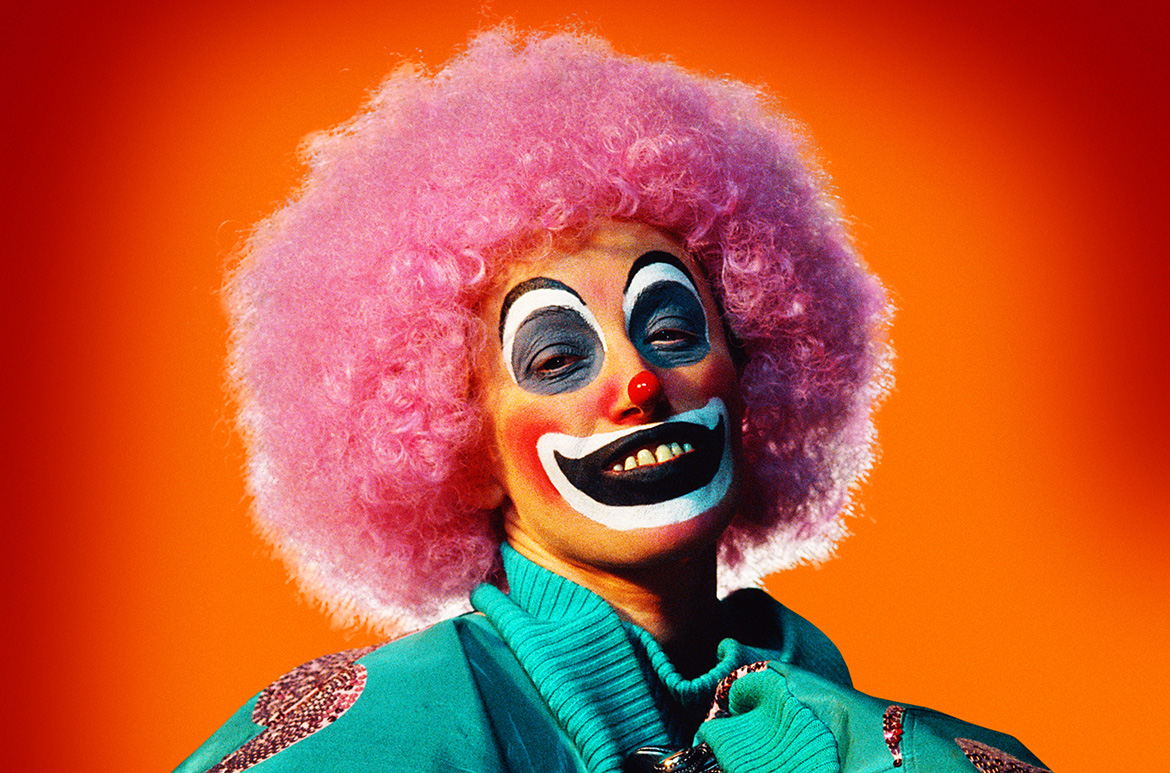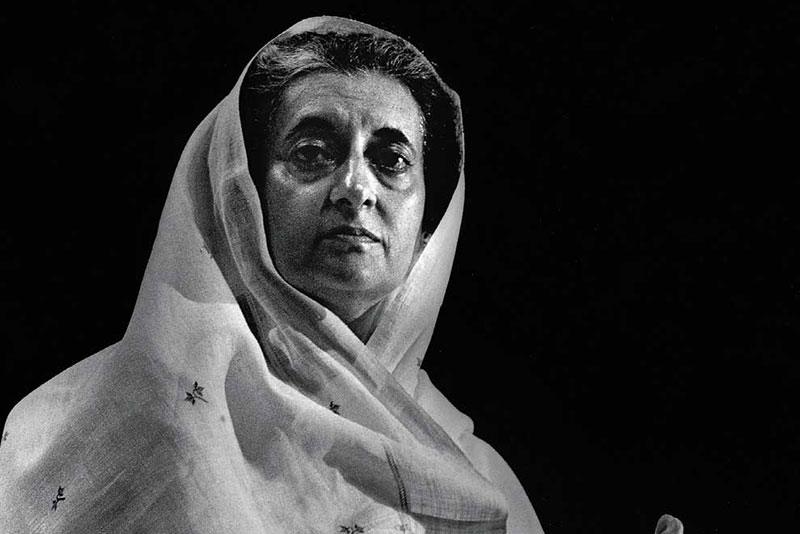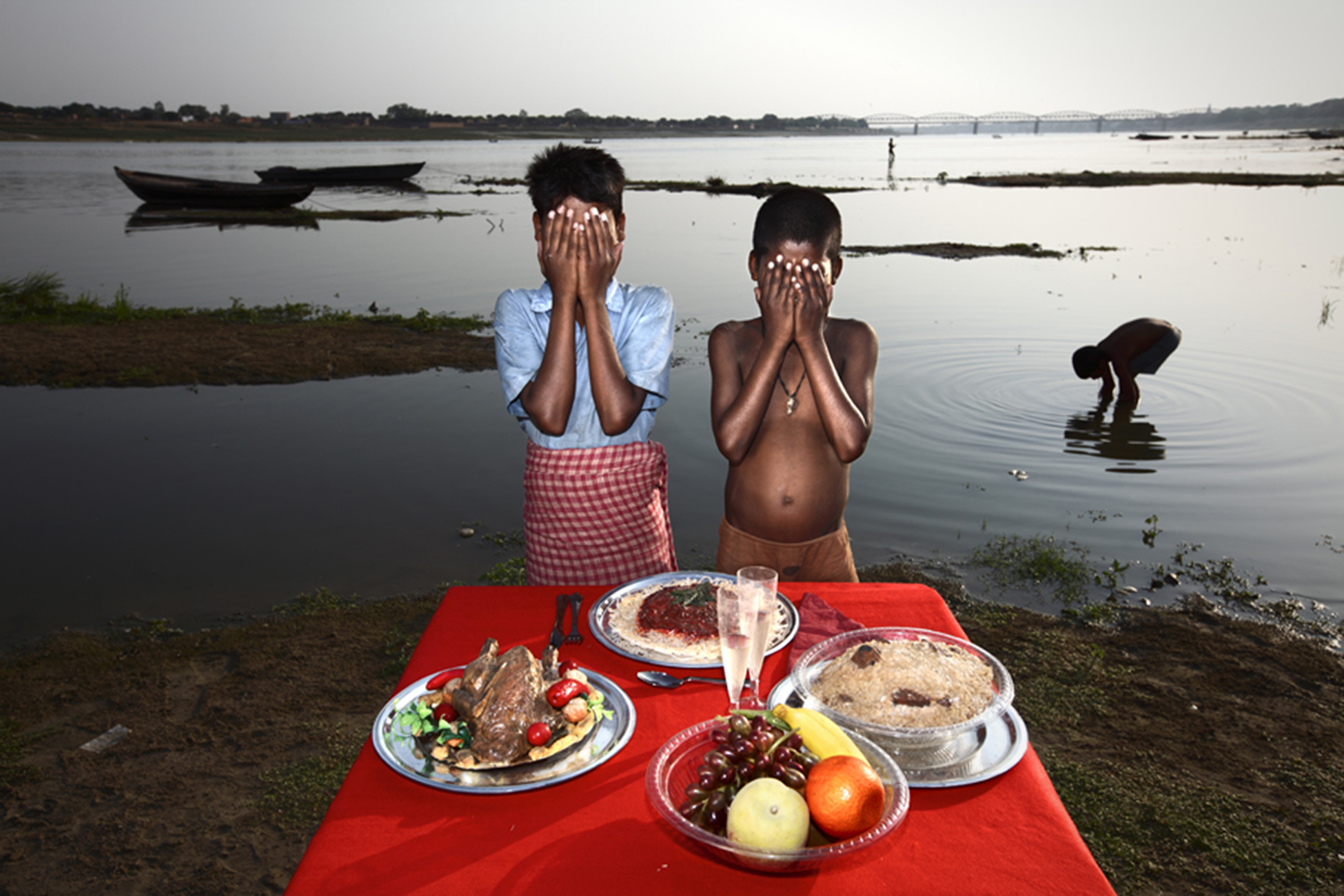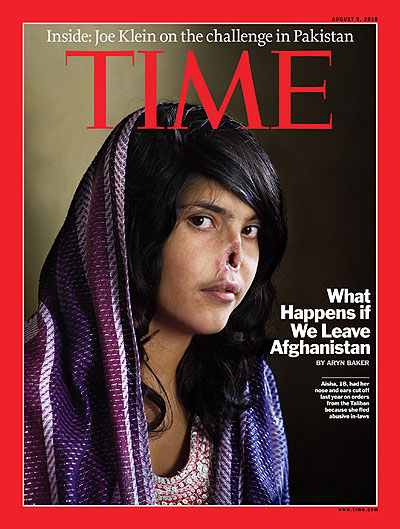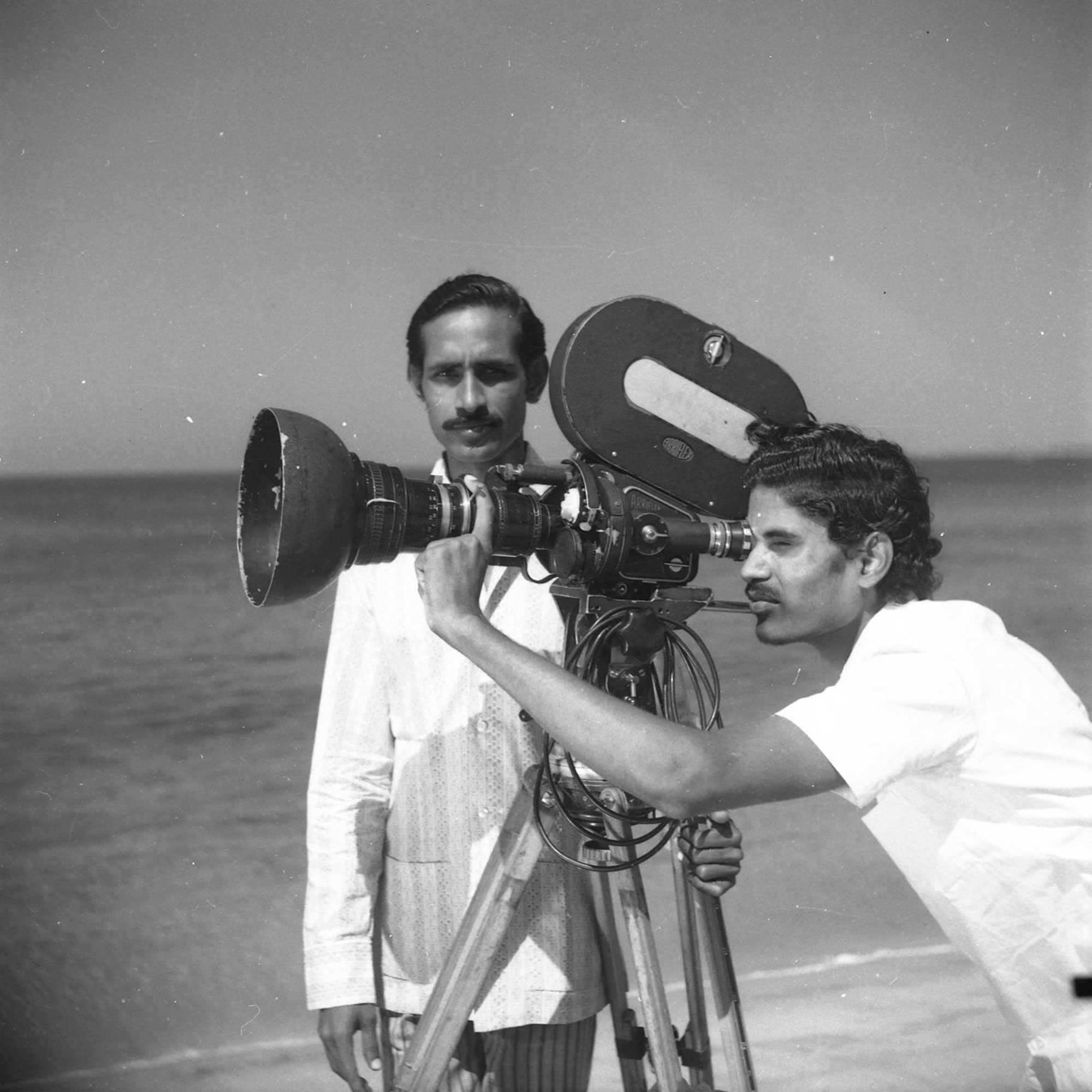Focus
Reflections
Photo Mail focuses on
Contemporary photography
Practitioners, their works, and
Its aesthetics
In the broader context of
Photographic theory and
Philosophy
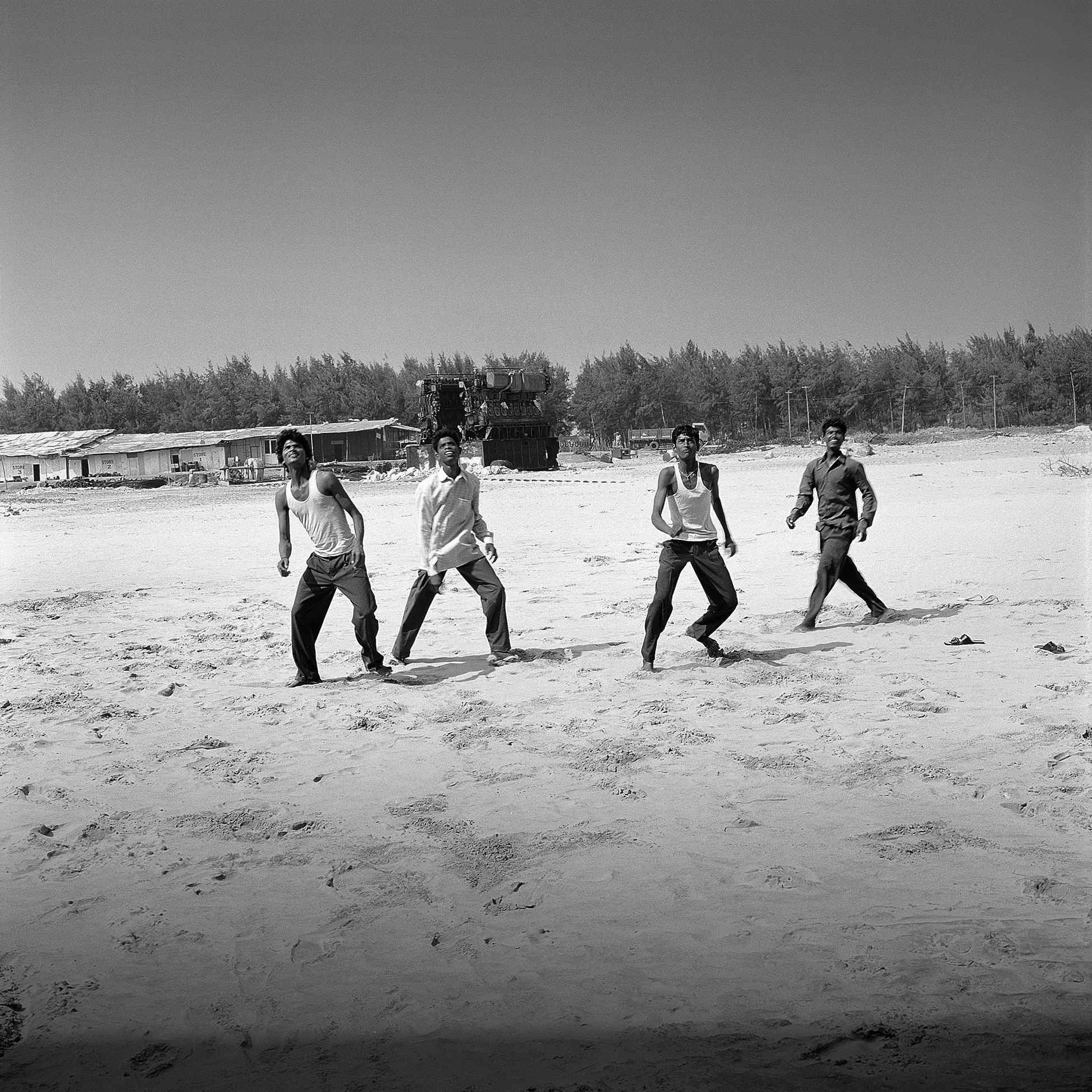
© Ramu Aravindan
Generally speaking, photography has always found itself uncomfortably placed in the scheme of things of the modernist aesthetic agenda. The aesthetic assumptions and value preferences that fed into a vindication of abstraction in art-historical discourse were mostly in agreement with the prejudices surrounding the debate over the artistic status of photography. This in turn had its terms of reference in the perceived dichotomy between art versus fact, or between representation versus indexicality. It is not without reason that the brand of photography that could strike any kind of a respectable alliance with the fine art traditions of Indian modernism is called ‘art photography’. Thus the ‘art’ in such art photography is achieved in terms of an attempt to mimic painterly modes through a deliberate denaturing of all the mechanistic attributes intrinsic to the medium which are supposedly at variance with art. Soft focus and blurriness, perspectival distortions and angled views, contrast lighting, deep shadows and staged compositions and above all, a pictorialism of the pathetic fallacy kind in which sentimentalised nature motifs are presented – these are still the mainstay of art photography in India.
But photography has outlived this situation in practice by finding new uses, functions and the norms of a new sensibility that it set itself which, as it stands, had marked a break with the aesthetic of pictorialism. The contra-aesthetic connotations inherent to the photographic medium like its anti-style, authorial absence, its mass reproducibility and destruction of aura on the one hand and the fact of its ideological locus in the techno-industrial environment of capitalism and its nexus with the semiotic systems of advertisement, fashion and consumerism, on the other have all qualitatively different implications in the context of postmodernism. All these have provided the necessary terms of reference for a context of its practice that is in tandem with the conceptual premises of postmodernism, “not as an art-in-itself but an option within an inter-semiotic and inter-textual ‘arena.’”1 And this is crucial to an understanding of the signifying process of photography as a medium in the present world, wherever it is. As Douglas Crimp notes:
“The centrality of photography within the current range of practices makes it crucial to a theoretical distinction between modernism and postmodernism . . .[but] it is clear that photography is too multiple, too useful to other discourses, ever to be wholly contained within traditional definitions of art. Photography will always exceed the institutions of art, always participate in non-art practices, always threaten the insularity of art’s discourse.”2
As “the spheres of art and life, of emotion generated from within and emotion generated from without, or work and leisure, are increasingly indistinguishable”3 in the present-day urban life, so there is a space in the public sphere, in the quotidianness of which the aesthetic and the informational are co-identical at the level of message. By accepting one’s context as that to which culture, communication and creativity form one total perspective, a photographer who is critically self-aware of the aporias of photographic aesthetics and the historicity of its practice, would seek to critically engage this space through his work.
That, to my mind, is what Ramu Aravindan does as a photographer. Ramu’s photographic work has affinities with the tradition of the documentary style (a rather tenuous term) that is traced to Eugene Atget, the turn-of-the-century French photographer who was rediscovered by the Surrealists. The style acquired the cultural and artistic dimensions of social document and initiated a whole new aesthetic in the work of the celebrated American photographer of the thirties and forties, Walker Evans who was a major influence on a generation of distinguished photographers like Helen Levitt, Robert Frank, Lee Friedlander and Lewis Baltz and continues to inspire contemporary movements like New Topographics. Evans who was influenced by Baudelaire in spirit and Flaubert by method, brought to bear upon his images a profoundly moral concern and a measure of stylisation that made his style, as is often said, “the archetypal classicism of the ordinary.”
As the choice of subject for any photographer comes as a point of departure for his convictions, so Ramu’s de-aestheticised images in black-and-white of the unprivileged, uneventful and unspectacular sidelights from the scenario of everydayness are informed by a moral conviction and human empathy. A conscious refusal to intervene in his pictures endows them with an aspect of an impersonal, dispassionate stare – the stare of a flaneur (a la Walter Benjamin).4 Even when his images are near-impersonal, as his Calgary pictures mostly are, with their bare, blank streets and open spaces that are totally unpeopled, they are not dehumanised. Instead, traces left by human activity or the left-over of events, like the track of car tyres or melted ice mark a silent sense of human presence with its discreetly off-frame suggestion. In all his pictures there is a conscious avoidance of the narrative-illustrative in terms of ironic juxtaposition of motif or tell-all details as thematic understatement of a literal content.
© Ramu Aravindan
After having graduated from the National Institute of Design, Ahmedabad, Ramu went in for his post-graduation at the University of Calgary, Canada where he did his MFA with a photography major. There in Calgary, having been exposed to the works of several pioneers and the different styles (a contentious issue in photography) that put the medium to different uses and the many theoretical implications of the photographic aesthetics, Ramu was increasingly drawn towards the documentary style associated with Walker Evans and its may distinguished practitioners. He found that it has much in common with his own natural inclinations as a visual artist as communicator (more than as creator) and his own attitude as a traveller.
Ramu had shown a series of his Calgary pictures in the exhibition Desert City at Oxford Book Store-Gallery, Kolkata in 1997. One of the outposts for the early European explorers and now becoming something of a boomtown, Calgary has an air of newness about it. Ramu says that he was particularly fascinated by the clarity with which this look of the new was writ large on Calgary’s urban landscape: “I try to use background forms such as signboards, lamp posts, domesticated trees and the pale concrete footpaths to create a ground upon which the people advance. There is an implication of borderlines, particularly between nature and human constructs, in many of my images . . .”5 He had intended them to be seen as a sequence, but the arrangement of the line-up precludes any “juxtapositions that form unintended narrative meaning (as in a film montage that had gone wrong)”, or any repetitive logical order.
There is a characteristic sense of place – the look, the feel, the ambience of the place – that is particular to each locale. As it becomes an internalised topography of the mind, it configures in terms of some random details that define the spatial directiveness and bearings of the remembered landscape. More than as landmarks in a factual sense, they are the memory traces that act as orientation points for a mindscape expressive of subjectivity. Ramu’s images have a quality of evoking this sense of place through unexceptional details like a shrub, some fringe plants or a signboard that are endowed with a personal naturalism, having a descriptive tenor with semantic resonance.
Generally, Ramu’s images have about them a forthright and stark quality that is heightened by the uniform sharpness of focus and overall flat illumination. Here, the even clarity of the motif that leaves little unsaid is a function of the truth of surfaces that is captured with a conviction that makes these images, to borrow from Harold Rosenberg, the “patterns of unprivileged data into which the secrecy of Being is dissipated.”6 As this clarity gravitates into a certain opacity that comes to equal profundity, the motif sheds its familiarity to achieve a stylisation reminiscent of the “archetypal classicism of the ordinary” of Walker Evans. By avoiding tilted or angled views Ramu achieves a certain head-on, stark frontality of the motif as seen at eye level which also imparts an aspect of confronting it in an unrelenting stare. This frontality of his images is enhanced by its twin aspect of the even flatness of the picture plane. Even when there are steep perspective orthogonals, they do not dramatise space as by the play of light creating volumes of shadow.
Though Ramu spends considerable time trying to get his desired compositions, he feels that much of the thought about it appears rudimentary in hindsight. The various interrelations among the spatial appearance of objects, between object and the direction of its shadow, between textures and surfaces, all constitute a field of meaning that is distinctly antigraphic and at variance with the assumptions of pictorialism.
Even when a photograph looks unmediated, without human intervention in the realisation of its image and hence signifying authorial absence, the absence itself is a construction. It is a construction at the interface between factuality and artifice or between simulacrum and point of view; and it is not an empirically given precondition of perception. In many of Ramu’s images, as in the Calgary pictures, the rigorously composed optic array within the frame and the randomness which it suggests of the physical disarray outside the frame (both of which are bound by a causal symmetry) create a subtle dualism. Similar is the dualism between the apparently hands-off, all-at-onceness of his images and an artifice the transparency of which made it possible. Within these dualisms authorial absence is built into the signifying process as a paradox of the very transparency of the image-meaning nexus.
After distinguishing between the two spatial appearances of objects – the ‘natural’ one and that of the object permeated by cognition – Siegfried Kracauer notes:
“By sacrificing the former for the sake of the latter the artwork also negates the likeness achieved by photography. This likeness refers to the look of the object, which does not immediately divulge how it reveals itself to cognition; the artwork, however, conveys nothing but the transparency of the object.”7
This is also why the primal opacity of the object-in-itself as an aspect of reality perception is something peculiar to the optic ‘unconscious’8 that constitutes the domain of photographic realism. Photography retrieves this opacity of truth that is lost to consciousness – as truth before fact.
________
Notes:
[1] Peter Wollen, “Photography and Aesthetics,” Readings and Writings: Semiotic Counter- Strategies, Verso, 1982, p. 188 [2] Douglas Crimp, quoted in Jessica Evans, “Victor Burgin’s Polysemic Dreamcoat,” Art has no History! The Making and Unmarking of Modern Art. ed. John Roberts, Verso, 1994, p. 212 [3] E.J. Hobsawm, The Age of Extremes: The Short Twentieth Century 1914 – 1991, Michel Joseph, 1994, p. 521 [4] Walter Benjamin, “Paris, Capital of the Nineteenth Century” and “The Paris of the Second Empire in Baudelaire,” Charles Baudelaire: A Lyric Poet in the Era of High Capitalism, Verso, 1983 [5] Ramu Aravindan, Introductory Text to Calcutta Exhibition, Calcutta. 1997 [6] Harold Rosenberg, “Portraits: A Meditation on Likeness,” Portraits: Richard Avedon, Thames and Hudson, 1976 [7] Siegfried Kracauer. “Photography” (1927), Critical Enquiry, vol. 19, no. 3, 1993, p. 427 [8] Walter Benjamin, “Walter Benjamin’s Short History of Photography,” 1931, Tran. Phil Patton, Art Forum, New York, February 1977, p. 47
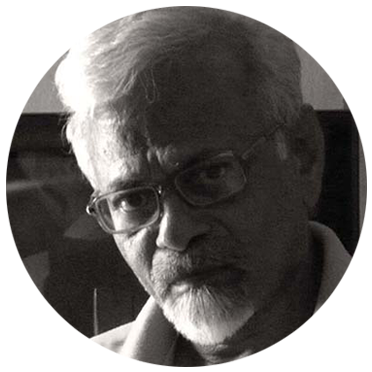
R. Nandakumar is an art historian and culture critic with a specific focus on cultural musicology. He has taught art history in various Fine Arts colleges and has been Professor and Head of the Department of Visual Arts, Indira Gandhi National Centre for the Arts (IGNCA), New Delhi. Formerly a Fellow of the Indian Institute of Advanced Study, Shimla, he has currently been Senior Nehru Fellow at Nehru Memorial Museum and Library, Teen Murti Bhawan, New Delhi. His critique of the tantric style published in Malayalam in the early eighties is one of the early attempts to look at the historical premises of the ideology of Indianness and to problematise the tradition/modernity binary in the context of art and nationalism. His several papers on Raja Ravi Varma are widely cited in art historical circles. His extensive application of Lacanian concepts to the study of a contemporary south Indian artist’s oeuvre is among the very few such art-historical attempts. His writings address areas of interdisciplinary concern with an accent on the sociology of culture and have appeared in important academic journals.
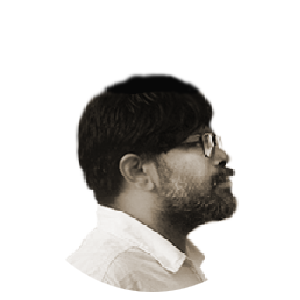
Ramu Aravindan is a photographer & designer and runs Landeater Design, a consultancy with many years of experience in photography, visual research and design projects. He has worked with organisations on publication, web development, identity development and documentation projects. His photography focuses on landscapes, culture, places, objects and the sense of space and locality they create, usually commissioned projects done for books, publications, design & research. Ramu did his Masters in Photography at the University of Calgary after graduating in Communication Design from the National Institute of Design, Ahmedabad. He teaches photography & design as visiting faculty at design and visual arts institutes.
Published on January 24, 2017
Share
Related Articles
A Canvas of Motions
Young photographer Arun Inham's A Canvas in Motion combines photography, theatre, and performance, is one of those projects that fall within the scope of now-trending experimental and conceptual photography practices. This body of work was done during the pandemic lockdown period. Confined within a small space, he interestingly stages objects and stitches them together as an image. These works were showcased at the Images of Encounter online group exhibition, which would be Arun Inham's first show.
Dilli Chalo: Ready for the long haul
As part of the ‘Dilli Chalo’ protest called on November 26 and 27, lakhs of farmers, laborers, and small traders decided to march from Punjab, Haryana, western Uttar Pradesh, Madhya Pradesh, and other states towards Delhi. During their attempt to reach Delhi, the farmers faced warlike resistance from the Indian government at two inter-state borders. Protesters occupied several miles of highway with their tractors and trolleys.
The Long Walk to Home: A Critical Reading
During the corona pandemic lockdown, India saw its migrant workers walk in an ardent will to reach the safety of their homes… History repeats itself, they say. Well, not exactly the same situation, but during Indian’s partition, thousands of Muslims and Hindus had to cross over – in search of a new home in unknown terrain. Seen through the photographic eyes of Margaret Bourke-White and Sunil Janah – the horrifying events of Indian Partition 1947 comes alive – once again in the Corona days – much more violent, cruel, and gruesome. It is a stark reminder that even after 70 and odd years of independence, India still has not healed itself of poverty, inequality, and oppression.
Perspectives on Photography
What we normally forget is that the lens of a camera sees more than the normal human eye is capable of. The clarity and the depth in a photographic image are taken for granted as we considered the camera as an extension of our eyes though what it sees is an abstracted or unperceivable image for the naked human eye. Seeing more or seeing in detail foregrounds the notion of abstraction because the form captured by the camera is only partially visible and its comprehension, in the normal course of our ways of seeing, is difficult.
Iconic Faces, Zooming into Raghu Rai’s photographic practice
Portrait photography is one of the areas where Raghu Rai has displayed mastery, and where he has revealed his own deepest convictions about the medium. Photomail investigates photographs of four spiritual and political leaders made by Raghu Rai, seeking to find what patterns run beneath the surfaces of these images.
Indian Photography’s (Conceptual) Poverty and Reality
Alessio Mamo’s series of photographs titled ‘Dreaming Food’ was shot in Uttar Pradesh and Madhya Pradesh in 2011, in which he tried to illustrate the contrast in the manner food was wasted in the West “especially at Christmas time”, and the widespread poverty that he saw in parts of India. The series was exhibited in Delhi Photography Festival in 2013, but when he posted images from the series during his takeover of World Press Photo’s Instagram handle as one of its awardees of 2018, a public debate erupted around the nature of his work and its political correctness. WPP has since issued a statement in which it clarifies the guidelines for its Instagram takeover, which is a benefit given to its award winners. But Indian print and online media subsequently took up the issue and it has been given wide coverage, with experts, photographers, and commentators weighing in from all sides. Now that all the arguments for and against have been brought out, PhotoMail takes a look at this issue in the broader context of poverty representation in India.
Power, Democracy and ‘Other’ Women
Photography, after the Second World War and McCarthyism, was consciously pushed into the sanitised spaces of Art galleries and Museums away from its past as a concerned, conscience-pricking tool. We were told by institutional gatekeepers like the Museum of Modern Art in New York that Photography was only about Itself. It was an Art form that was about navel-gazing photographers and about flattened formalist fields. Photography was not supposed to exist outside its own frame.
Stills Still to Fade, Immortal images of NL Balakrishnan
Does a photo carry a meaning? Like a memory which has a meaning, photo doesn’t in itself have a meaning. Stills don’t speak but they are not dead as such. They evoke memories and memory evokes the meaning behind the image. - NL Balakrishnan


